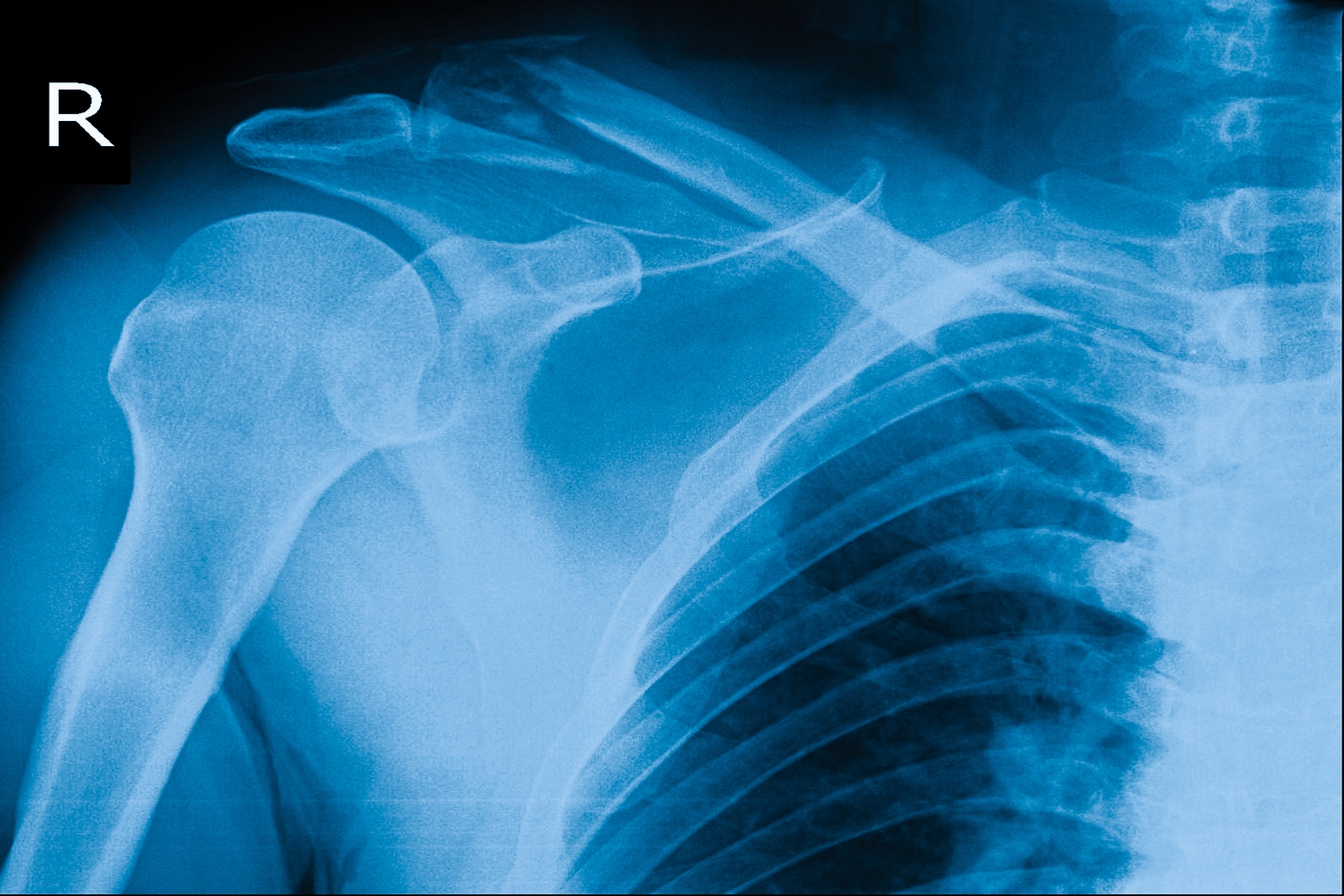
The role of psychosocial factors has been established in patients with shoulder abnormalities. However, the prevalence of exaggerated pain behaviors and their association with the characteristics of injured workers have not been well studied. The aim of the study was to examine the prevalence of abnormal pain responses (APRs) in workers with active workers’ compensation claims for a shoulder injury and to examine the differences between workers with APRs versus workers without APRs.
An analysis of electronic data files of injured workers was completed. An APR was defined as an exaggerated pain response during a clinical examination, including facial grimacing, shaking, withdrawal, nonanatomic dermatome or myotome disturbances, increased tenderness, regional symptoms, and verbal utterances such as groaning, moaning, or gasping. To control for potential confounders, patients with positive APRs (APR group) were matched with injured workers without APRs (control group) seen in the same clinic and matched for sex, age, and surgical candidacy.
Data from 1000 workers who had sustained a shoulder injury at work and who were referred for an early assessment by an orthopaedic surgeon and a physical therapist were reviewed. A total of 86 (9%) injured workers (mean age, 47 ± 11 years; 55 [64%] female) demonstrated APRs and were matched with 86 injured workers without APRs. There were no statistically significant between-group differences in the wait time, mechanism of injury, coexisting comorbidity, type of abnormality, or medication consumption. The APR group reported higher levels of disability (P < .0001) and psychological problems (P < .0001), presented with more inconsistency in range of motion (P = .04), and had more limitations at work (P = .02).
The presence of an APR after a compensable shoulder injury was associated with higher reports of disability and psychological problems. Patients with positive APRs were more likely to be off work and less likely to perform full duties.
No comments:
Post a Comment